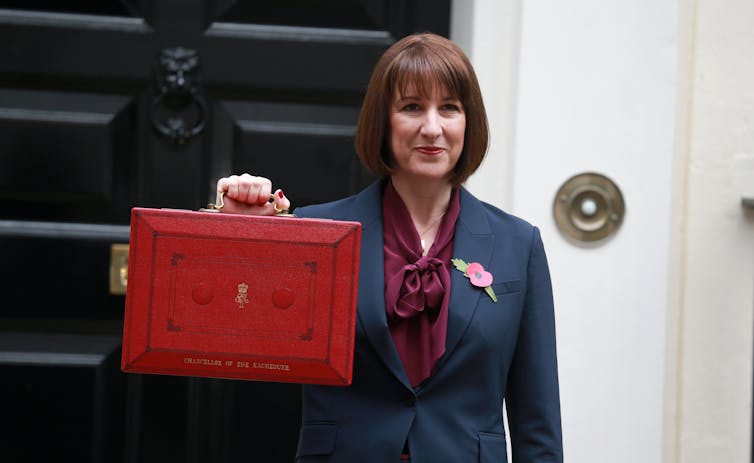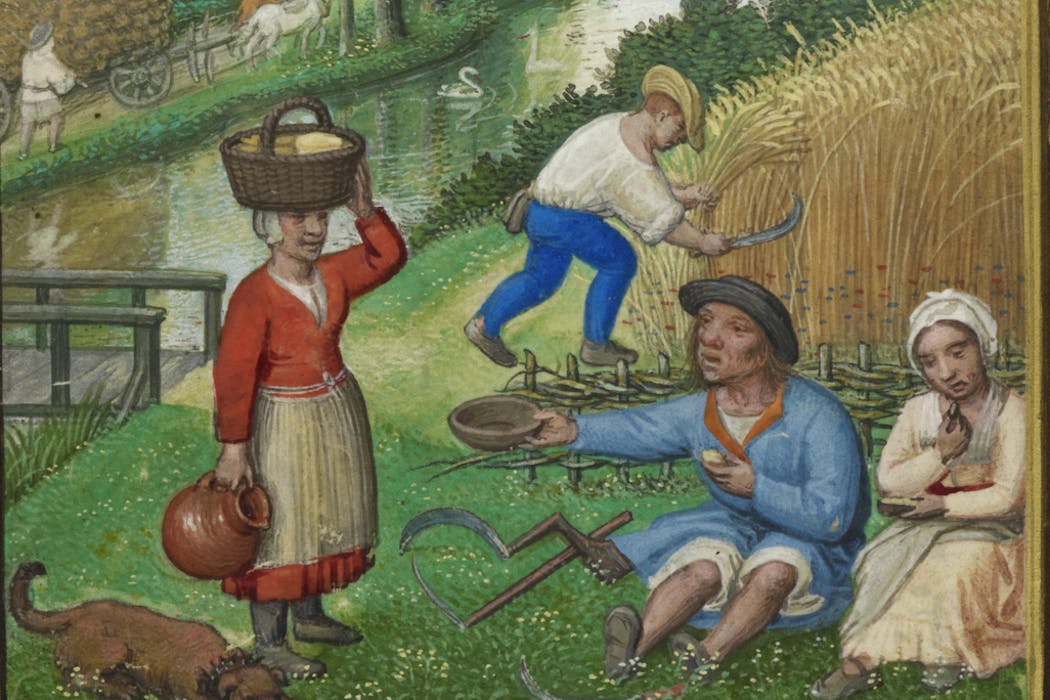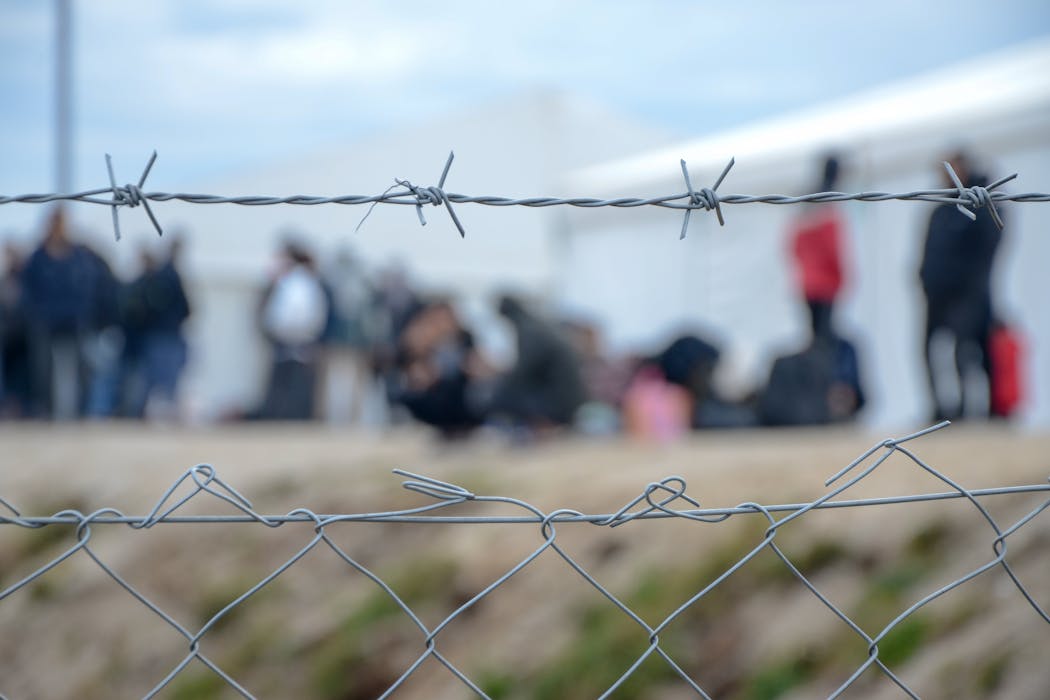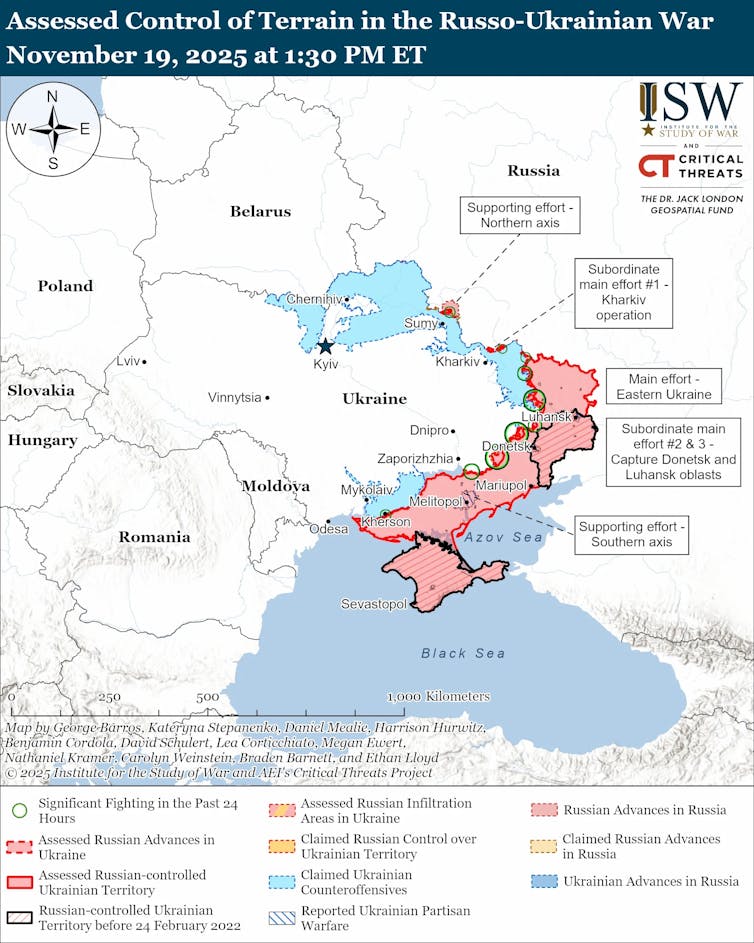Source: The Conversation – UK – By Haomin Wang, Lecturer in Economics, Cardiff University
Whatever decisions Rachel Reeves makes in her second budget as UK chancellor, it is clear that she needs to find lots of money. Some argue that the best and fairest way of doing this is to raise the taxes of the country’s wealthiest people.
Others feel that such a move will do further harm to the UK’s longstanding problem with productivity, by discouraging investment and entrepreneurship.
Economists describe this as the “equity-efficiency trade-off”, where taxes designed to promote fairness may come at the expense of efficiency and growth, by distorting incentives for work and investment.
But our research suggests that some of the very highest earners can simply ignore that trade-off – because the tax system gives them so much flexibility and choice about what they pay. In the UK for example, the way a business is organised has major implications for how it is taxed.
Sole traders (like a plumber or a freelance writer) and partnerships (an accountancy firm or a garage) are known as “pass-through” businesses. They do not pay corporation tax, with profits instead being passed to the owners and taxed as personal income (at 20%, 40% or 45% depending on the amount).
Limited companies are taxed differently, with profits subject to corporation tax (currently 25% for most firms). And within these parameters, company owners can then choose how they get paid.
If they take a salary, these are taxed as employment income but are deductible from company profits, therefore reducing the corporation tax base. And if they take their pay in the form of dividends, a portion of the company’s profits, these are taxed at lower rates (8.75%, 33.75% or 39.35%).
This flexibility allows entrepreneurs to legally lower their tax bills by adjusting both their business structure and how they take income – whether as salary or dividends. In practice then, wealthy business owners can reclassify their income or reorganise their firms. This gives them much more scope to manage their tax liabilities than ordinary wage earners.
Another difference between the two set-ups is that limited companies tend to be more complex and costly compared to pass-through businesses. But they also enjoy better access to finance, which allows for greater investment and expansion. So when entrepreneurs choose their business structure primarily to reduce taxes, they may sacrifice growth opportunities.
Our research into how entrepreneurs respond to taxation found that when entrepreneurs choose a business structure mainly for tax purposes, it can have an adverse effect on investment.
For example, someone may prefer to avoid the “double taxation” of corporate profits and dividends by remaining a pass-through business. But this limits access to credit and constrains expansion, resulting in a business which operates below its potential.
Fairness and flexibility
We also found that tax avoidance undermines the effectiveness of higher top tax rates. For when governments increase personal income taxes, wealthy business owners can simply restructure their income – by taking less salary and more dividends.
As a result, higher rates do little to raise revenue from the very richest. And regular employees, who cannot reclassify their income, end up carrying a relatively heavier burden.

Fred Duval/Shutterstock
Our work also suggests that when avoidance opportunities are closed – by aligning the tax treatment of different business forms – governments can raise more revenue and, at the same time, improve productivity and welfare. In other words, well-designed tax policy can promote both fairness and efficiency.
So perhaps discussions about how to raise revenue should move on from its traditional focus on introducing new taxes on wealth or increasing top income tax rates. After all, these kinds of measures may not achieve their goals if those on high incomes can exploit gaps in the tax code to reduce their liabilities.
Instead, with the UK’s economic pressures and rising inequality, politicians should note how existing rules shape incentives and behaviour.
A more promising route may involve revisiting how different forms of income are treated within the current system. Aligning the taxation of salaries and dividends for business owners, and reducing distortions between business structures, could improve both fairness and efficiency.
This would ensure that the tax system rewards productive entrepreneurship – rather than financial engineering.
![]()
The authors do not work for, consult, own shares in or receive funding from any company or organisation that would benefit from this article, and have disclosed no relevant affiliations beyond their academic appointment.
– ref. One small change Rachel Reeves could make to close tax loopholes and raise revenue – https://theconversation.com/one-small-change-rachel-reeves-could-make-to-close-tax-loopholes-and-raise-revenue-268079














